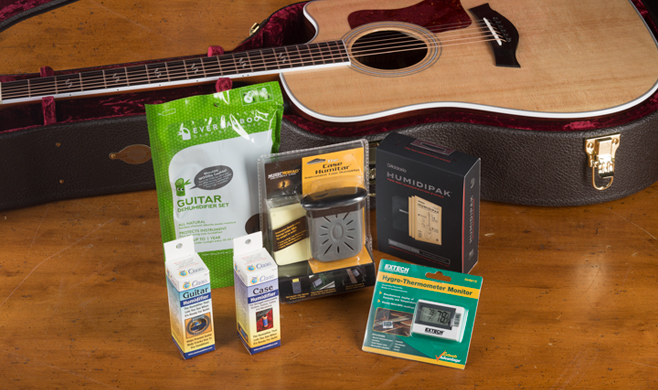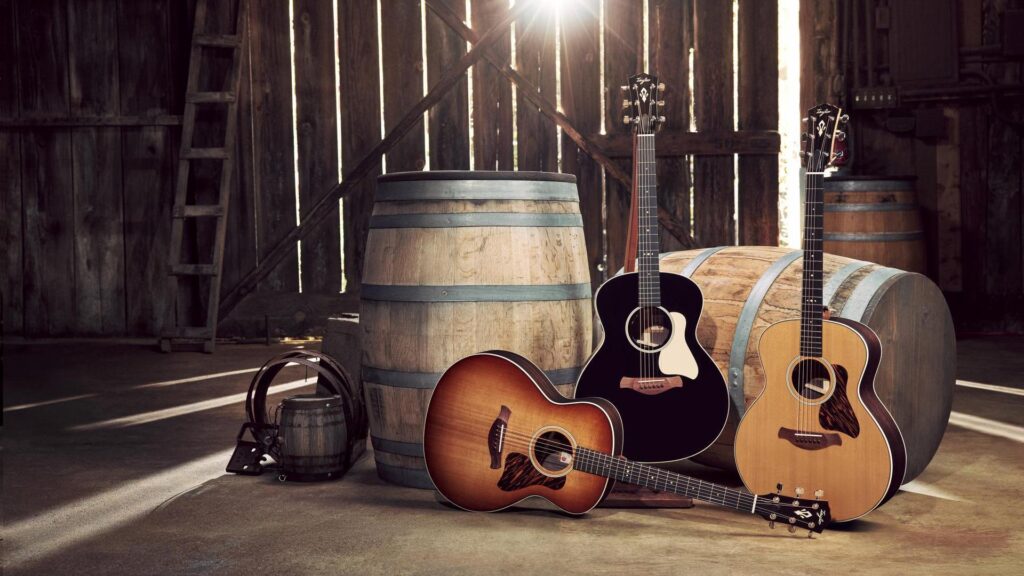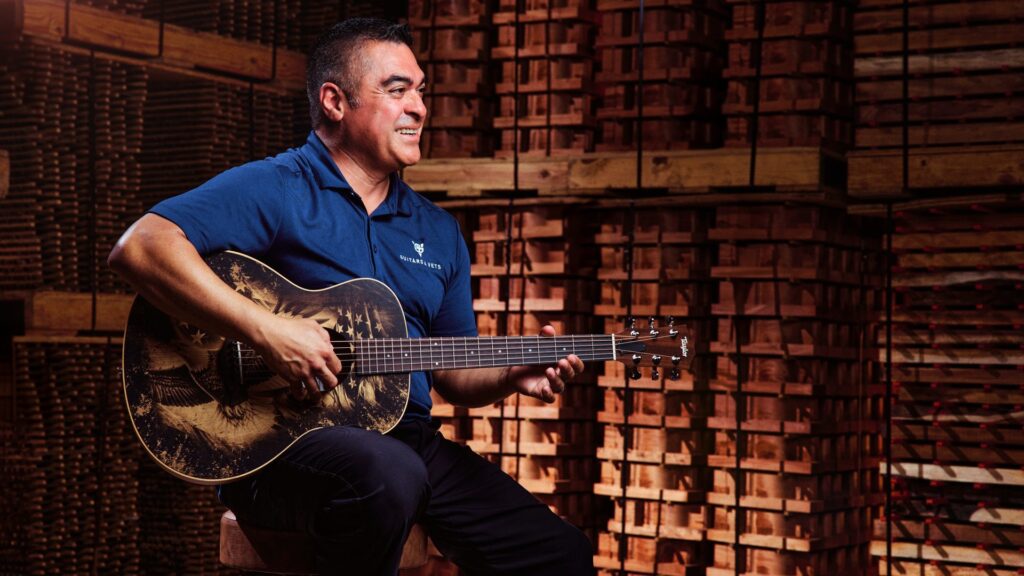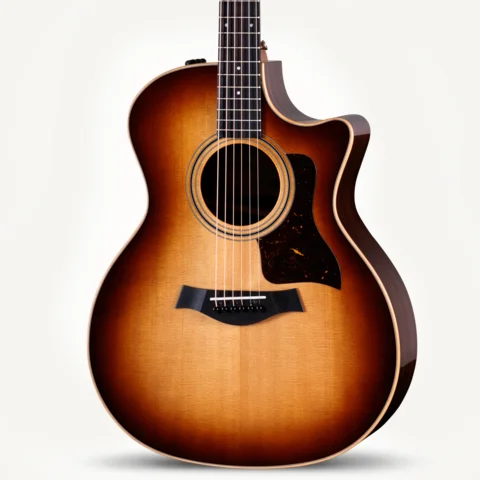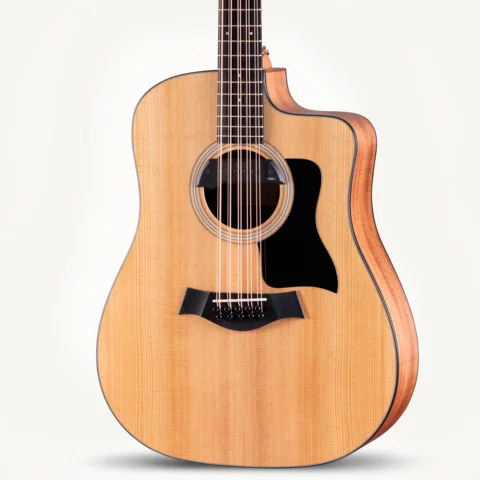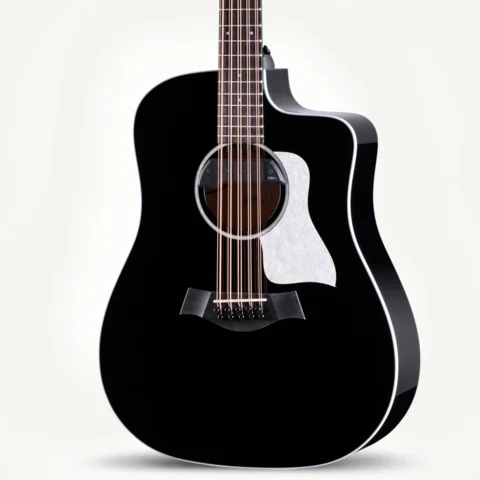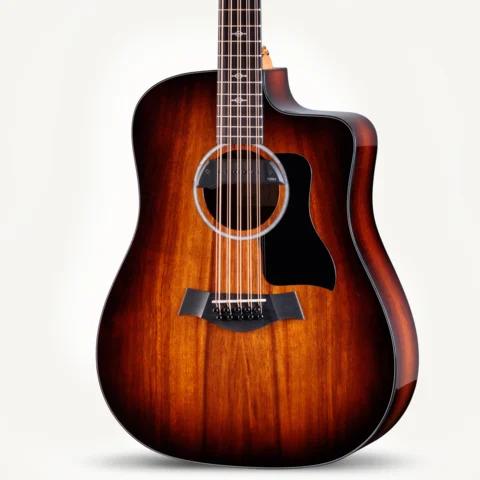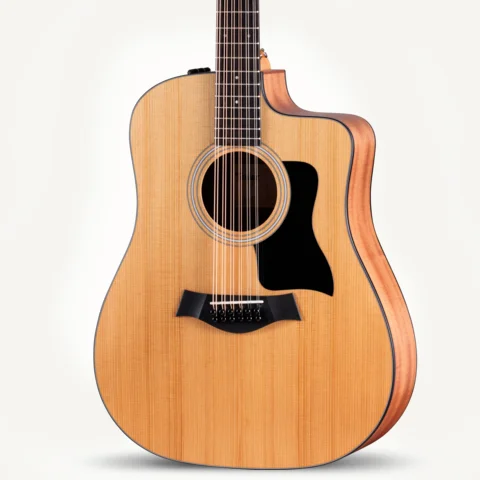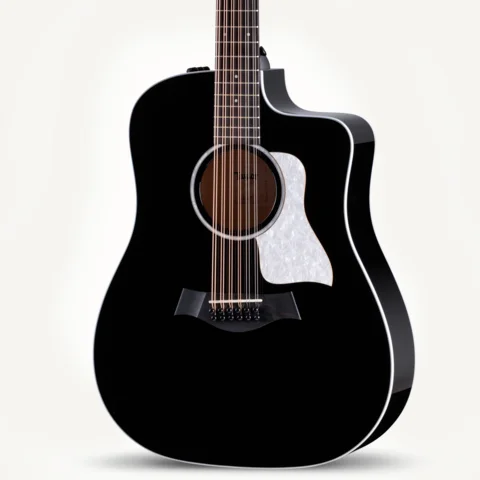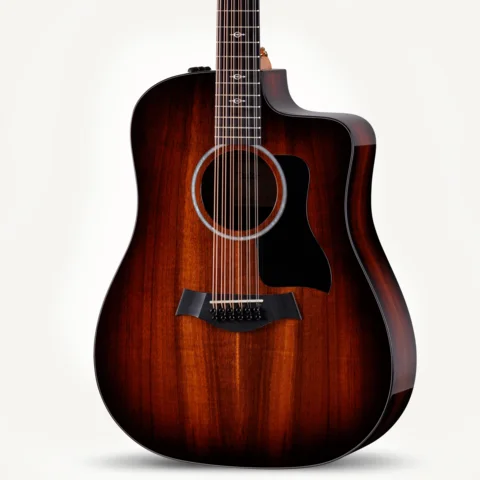Dry conditions can lead to guitar damage. A guitar humidifier will protect your Taylor and keep it playing and sounding its best.
We’ve all felt the depleting effects of dry conditions on our bodies. Think of a long flight spent in an airplane cabin, where the humidity can drop below 15 percent. Or the parched interior of a home being heated during cold winter months, where the humidity can sink into the single digits. Our eyes and skin get dry, we get thirsty, and in extreme cases we might even get a headache or a nosebleed.
Now think of your guitar.
Proper hydration is vital to the performance of wood products like guitars, whose stored moisture can be robbed by dry, thirsty air. In fact, extended exposure to dry conditions poses one of the biggest threats to a guitar’s health. As a guitar loses moisture, the wood shrinks, which not only compromises the playability and sound of the instrument, but can also lead to cracking and other damage. If you notice your guitar’s action getting low and buzzy, or feel your frets protruding as you move up and down the neck, it’s likely a symptom of a dry guitar. Even if you don’t currently see or feel these symptoms, your guitar could still be dry. Maintaining proper guitar humidity levels will help you keep your guitar in top playing condition. Here are some tips on using a guitar humidifier.
Start with a Digital Hygrometer
A hygrometer will give you an accurate reading of the humidity level of the environment in which you store your guitar, which will help you monitor it. The ideal humidity range for an acoustic guitar is 45-55 percent, but 40-60 percent is generally acceptable. Use a digital unit rather than an analog type with a needle; in our experience, a digital unit is far more accurate. You can find one for $25-$45 at your local music store, through online retailers, and through our TaylorWare store. Keep the hygrometer in the case with your guitar. The case will provide a more contained environment, making it easier to maintain guitar humidity control. (Think of it like a humidor for a cigar.) Just be sure to place the hygrometer in the open section of the case rather than inside the case compartment in order to accurately gauge the humidity level of the guitar.
Guitar Humidifier Options
A guitar humidifier will protect your Taylor and keep it playing and sounding its best. There are several products available for stringed instruments. Keep in mind that the goal is to humidify the entire guitar (including the neck), so depending on which type of guitar humidifier you use, you’ll want to avoid sealing it inside the body with a soundhole cover.
One that we often recommend is the D’Addario Two-Way Humidification System (formerly Planet Waves Humidipak) because it’s pre-formulated to maintain a humidity level of 45-50 percent, making it a low-maintenance solution. Using patented technology, the guitar humidifier features disposable, moisture-filled packets with a breathable membrane that provides two-way humidity control, meaning it can either release or absorb moisture to stay within the 45-50 percent range. The kit includes three packets and two pouches. The soundhole pouch houses two packets and is draped over the strings, allowing both pouch compartments to descend into the soundhole to maintain the RH of the guitar body. The headstock pouch, which holds the third packet, is placed beneath the headstock in the case to help maintain the neck and fretboard.
No harmful chemicals are used; it’s just salt and pure water, and only pure water vapor is allowed in and out of the packet. The packets are designed to be tear- and puncture-resistant, and to be completely resistant to leakage. Depending on climate conditions, they should last from two to six months, after which they can simply be disposed of. It’s time for a new set when the packets become solid and the contents can’t be moved around with your fingers.
Another effective option for dry environments is the Oasis® Humidifier, which features a watertight container with a specially designed fabric for water vapor to pass through. The vinyl soundhole cover types trap the majority of the moisture in the body, making it necessary to add a second humidifier by the headstock.
How often you re-wet a water-based humidifier after its moisture is absorbed depends on the season, the region in which you live, and how dry the guitar is. Using a digital hygrometer to monitor the guitar humidity level inside the case is the only way to be certain you’re in the 45-55 percent range. If you’re having trouble getting to that range, you may need to re-wet the humidifier more frequently and consider adding a second or larger humidifier inside.
Need more information? Visit our Support page. You’ll also find contact information for our Customer Service department. Give us a call and we’ll be happy to help.

























